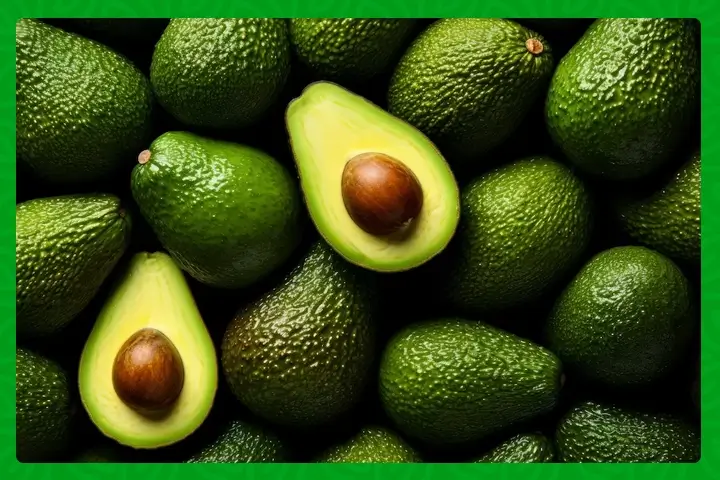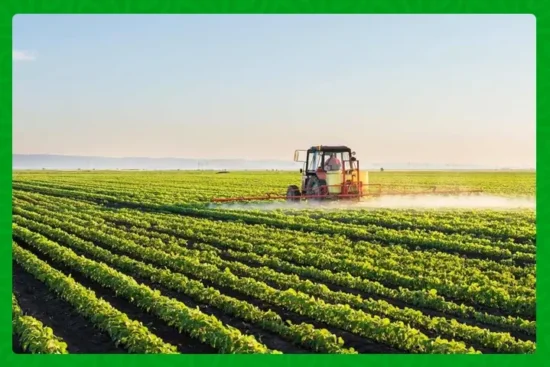
Just as Kenyan avocado growers were gearing up for their moment in the European sun, an unexpected villain has appeared on the horizon: a shipping crisis that threatens to turn ripe opportunity into bruised disappointment.
From Farm to Fork: A Race Against Time
On the misty slopes of Murang’a County, farmer Mary Wanjiku carefully packs her plump Hass avocados for export. She knows that Europe’s appetite awakens just as Spain and Morocco wrap up their seasons and prices can climb by as much as 30% at that moment. But this year, Mary’s hopes hang in the balance as her crates begin a 32-day odyssey around the Cape of Good Hope.
“We’re still living with the crisis in the Red Sea,” explains Paul Kyalo, CEO of Konza Tropicals. “Most sea freight is now rerouted around the Cape of Good Hope. What normally took 18 days now takes over a month.”
This delay isn’t just a calendar inconvenience, it’s a potential wrecking ball to shelf life, eating into that narrow window when avocados reach peak ripeness on European shelves.
Airfreight: A Costly, Controversial Alternative
Airfreight might seem like the obvious shortcut, but it’s fraught with hurdles. Environmental regulations in key European markets discourage air-shipped produce, and skyrocketing demand from Kenya’s lucrative flower, herb, and vegetable sectors has driven air cargo rates out of reach for most avocado exporters.
“High costs and limited capacity make airfreight an unrealistic solution for many,” Kyalo admits. “Even if retailers would consider it, the price tags are prohibitive.”
Processing: A Silver Lining for Producers
With fresh-fruit exports stuck in limbo, Kenya’s avocado industry is pivoting toward value-added products. Over the past year, ten new avocado oil extraction plants have come online, bringing Kenya’s total to nearly thirty facilities.
“We’re seeing a marked decline in export volumes to Europe,” says Kyalo, “but the surge in processing gives farmers and exporters a buffer against unpredictable shipping routes.”
A Flooded Market and Fierce Competition
Even if shipments clear the Cape, they must still navigate a crowded European influx. Early-season fruit from Peru and South Africa hits markets just as Kenyan containers finally dock. Add extended seasons in Spain and Morocco, and European shelves groan under a glut of green gems.
“Timing is everything,” Kyalo notes. “Fruit harvested mid-March might arrive in late April, right when competitors are already flooding supermarkets.”
This supply surge risks driving down prices and dampening demand for Kenyan avocados, even those lauded for their quality.
Kenya’s Competitive Edge
Despite these challenges, Kenyan avocados boast attributes that European buyers cherish:
- Higher Dry Matter Content: Delivers creamier texture and longer shelf life.
- Large-to-Medium Caliber Ratio: Offers consistent sizing that retailers love.
- Exceptional Flavor Profile: A rich, nutty taste that sets them apart.
“Kenya remains well-positioned, particularly early in the season,” Kyalo emphasizes. “Our fruit quality is unmatched.”
Looking Ahead: Hope on the Horizon
As industry leaders lobby for a swift resolution to the Red Sea security crisis, there’s cautious optimism that shipping lanes will reopen, trimming weeks off transit times. Meanwhile, the dual strategy of fresh exports and processed products provides a lifeline to growers like Mary Wanjiku.
“We’re cautiously optimistic,” says Kyalo. “The global focus on resolving these routing issues, coupled with strong interest in both fresh and processed avocados, could steady the market in the coming months.”
For now, Kenyan farmers wait with bated breath, each crate of avocados representing not just fruit, but the livelihoods of thousands who refuse to let their hopes be dashed by a changing world.
Stay updated with the latest farming tips and agriculture industry news from Africa by subscribing to our newsletter. Don’t miss out on valuable insights and updates. Follow us on Twitter, LinkedIn, and Facebook to join our farming community and stay connected with us.


















